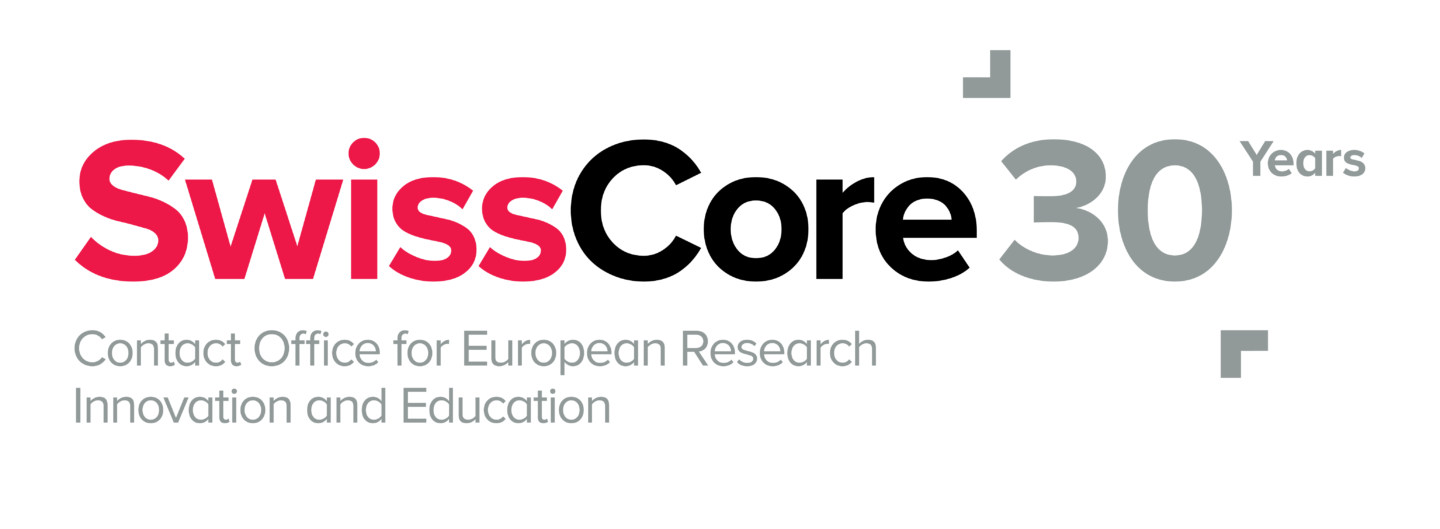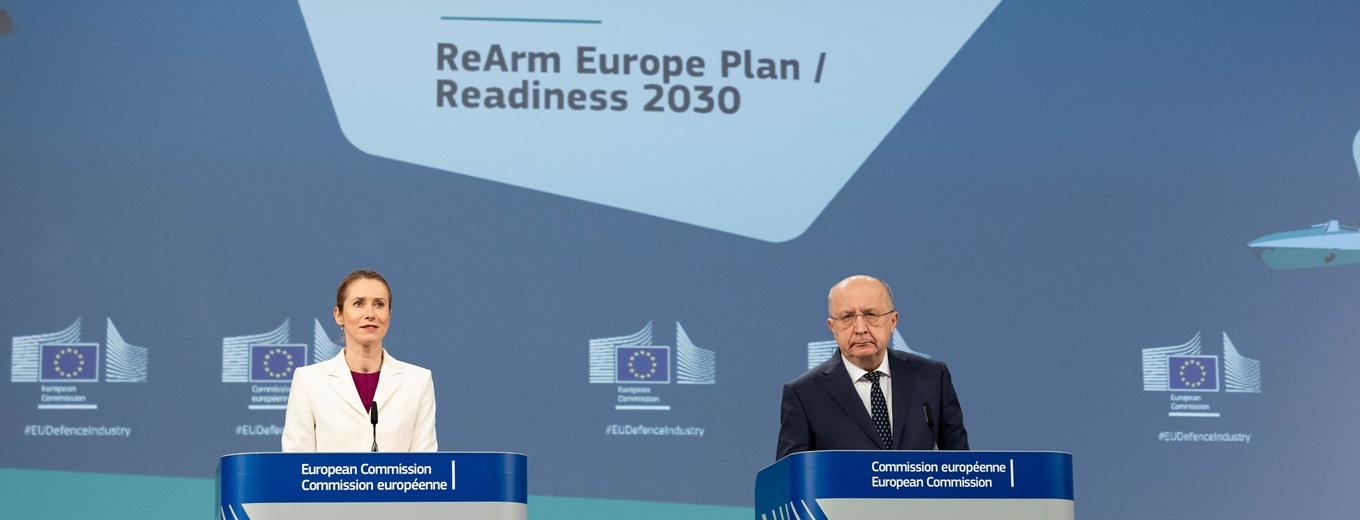The European Commission proposes ambitious changes to boost defence in Europe, which are likely to influence the future of EU research and innovation too.
March marked the first 100 days of President von der Leyen’s (VDL) second mandate. On that occasion, VDL did not only hold a press conference on a Sunday to take stock of the activities of the last three months but also unveiled a number of key proposals. Among them relevant for research, innovation and education, are a full new framework for skills, called the Union of Skills (see SwissCore article) and a new Savings and Investments Union (building on the plans of the Capital Markets Union, see SwissCore article). Arguably the proposal addressing the most important priority of the EU, increasing security and defence in Europe, was addressed by the new Defence White Paper and ReArm Europe Plan.
The first ever European Commissioner for Defence, Andrius Kubilius, and the High Representative for External Action, Kaja Kallas, presented the White Paper and the ReArm Plan on 19 March 2025. The overall objective of the plan is to provide financial instruments and flexibility to increase defence spending in the EU Member States because according to VDL’s assessment, “the security architecture that we relied on can no longer be taken for granted”. Concretely, the Commission wants to borrow €150 billion from the markets to be used for joint defence procurement with the Member States, benefitting from better conditions for bigger orders and to improve interoperability between the equipment of the armies within the EU. Secondly, the EU also wants to relax the EU rules for fiscal stability in order to enable more budget to be allocated for defence spending. The new rules would allow an additional 1,5% of GDP to be spent on defence, as an exception from the 3% limit.
The plan includes relevant changes for research and innovation as well. It stipulates that defence should benefit from disruptive innovations in AI and quantum. Specifically, the European Investment Bank (EIB) should extend its investment in defence and security projects. It should double the annual investment to €2 billion in sectors such as “drones, space, cybersecurity, quantum technologies, military facilities, and civil protection”. This goes along with a “further adjustment of the eligibility criteria that excluded activities are more precisely defined and as limited as possible in scope in order to align with the new policy priorities of the EU”.
Change is also proposed for Horizon Europe’s European Innovation Council (EIC). The Commission wants the EIC and also the forthcoming TechEU Scale-Up Fund to invest in dual-use technologies, which is a big change from the current exclusive focus on civil applications of Horizon Europe (Art. 7.1 of the regulation). According to Science Business, this is an indication that the responsibility for the EIC might move from the framework programme for research and innovation (FP) to the portfolio of the EIB, as they are already investing in dual-use projects and have that legal possibility.
This change is in line with the proposal from the Heitor-group (see SwissCore article) to open FP10 completely up for dual-use research and innovation projects, which is an idea that the Commission has publicly embraced repeatedly. MEP Riho Terras, who sits on the European Parliament’s new Committee on Security and Defence, even goes one step further and calls for the FP for R&I to support outright defence research. On another note, following the reporting on the future of the next framework programme and the new Competitiveness Fund (see SwissCore article), it is particularly noteworthy that on 11 March 2025, all 27 EU research ministers have signed the so-called “Warsaw Declaration on the strategic role of the future EU research and innovation framework programme”. The declaration calls for the next programme to build on the legacy of the previous self-standing FPs, which stands in contrast to the Commission’s plans to bundle various programmes including FP10 under the new Competitiveness Fund. The ministers also state that “none of the programmes should be funded at the expense of the FP” and that the independence of the ERC and the EIC should be preserved. However, while the declaration is symbolically important, it is weakened by the phrase that the statement is made “with respect for the future negotiations on the MFF and without prejudging its outcome”. Once the Commission’s proposal for the next multiannual financial framework (MFF) is published in July 2025, we will see what overall structure the next generation of programmes is likely to have.

